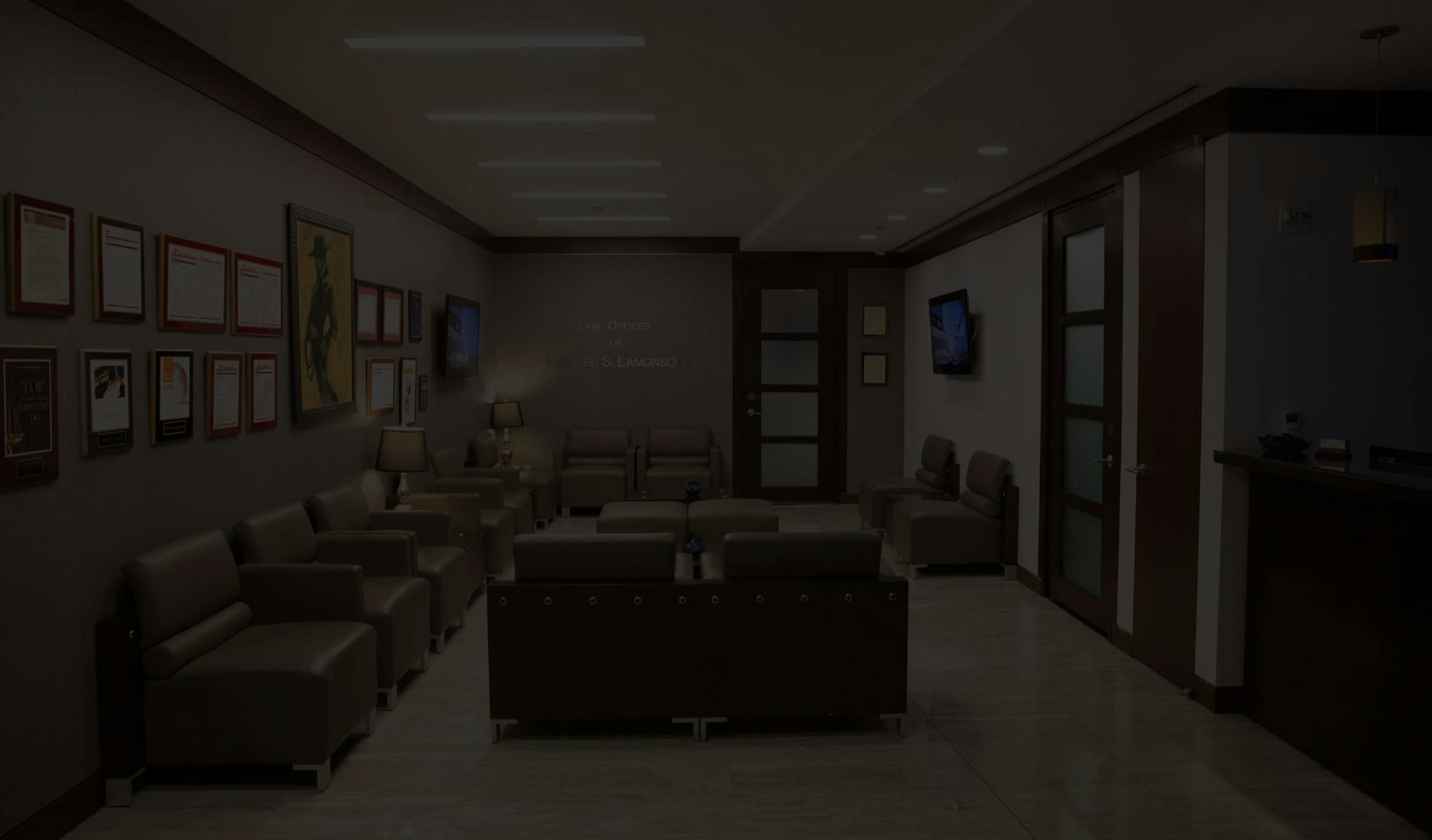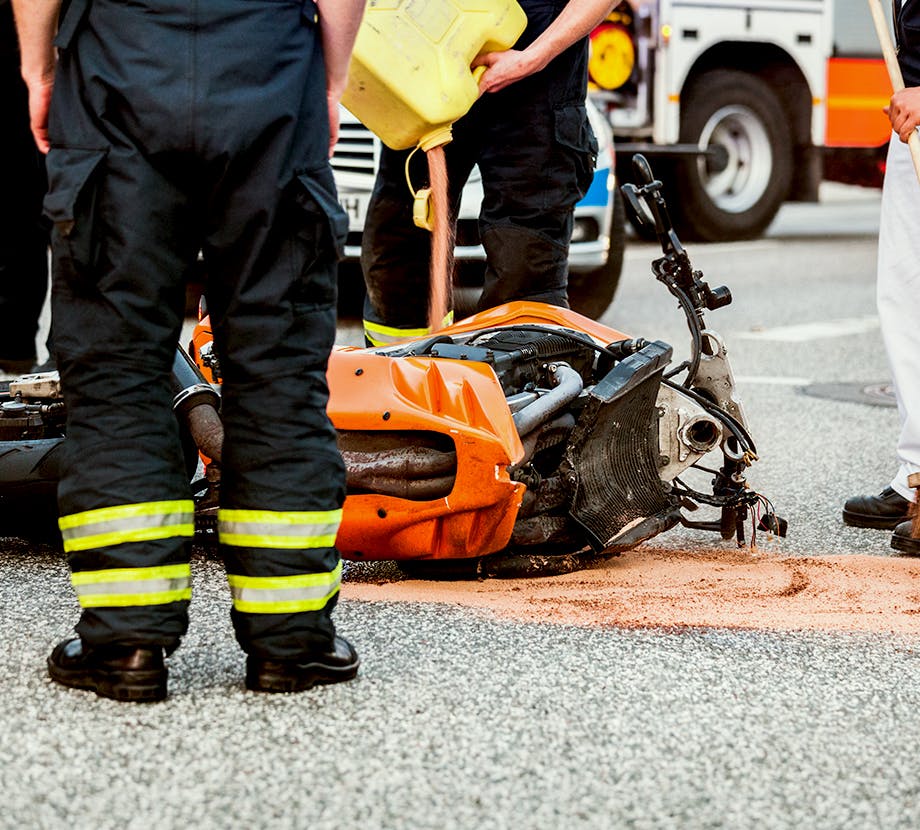Injuries That Can Result After a Motorcycle Accident
We can help you seek damages for all types of injuries, including road rash or burns, broken bones, amputation or loss of limbs, and spinal cord or traumatic brain injury. Spine and brain injuries can result in paralysis, diminished motor skills and cognitive abilities, and even death. Some of the serious head injuries from a motorcycle accident include:
- Concussion – The bruising of brain tissue caused by impact at high speed may result in headaches, nausea, dizziness, memory loss, and impaired coordination. Most concussion victims recover in time.
- Diffuse Axonal Injury – Severe, high-speed impact can cause a rotation of the brain within the skull. Motorcycle accidents are frequent, often fatal, causes of diffuse axonal injury. This type of injury is usually widespread and inoperable, leading to temporary or permanent impairment.
- Hematoma – Blood clotting between the brain and skull (epidural area) or surrounding the brain (subdural area) are the effects of hematoma. Some symptoms do not manifest for days. Immediate surgery is required when hematoma is discovered.
- Contrecoup – This is an injury caused by the brain striking the side of the skull opposite from the point of impact. Contrecoup is a common injury in motorcycle crashes. Helmets offer little protection against this type of injury, which may be inflicted by high-speed tumbling.
If you are involved in a motorcycle accident, dial 911 immediately and get medical help. Do not decide for yourself the severity of your injuries; shock can disguise injuries by masking pain. Take as many pictures of the scene as possible. Provide a full report to the police, unless EMS transports you before you have the opportunity to do so. Do not give any statement regarding the accident to insurance investigators; their main objective is to save the insurance company money, regardless of what they tell you.







